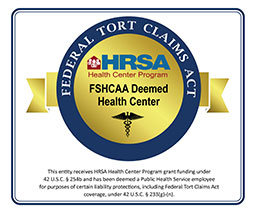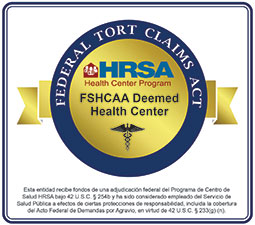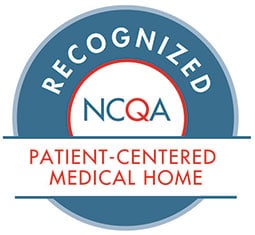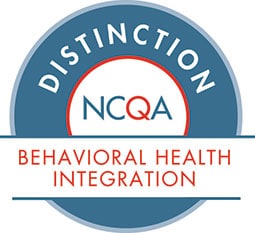
Joy Wright, RDH, ECP III
Post written by Joy Wright, RDH, ECP III, Health Partnership Clinic
Myth #1: “My baby doesn’t have teeth, so there is nothing I can do to nurture a healthy mouth.”
This myth is busted by the power of bacteria. Bacteria can still accumulate in a newborn’s mouth.
It’s recommended that you wipe their mouth out with a washcloth and water after they eat. This not only disrupts the bacteria but also gets the baby used to having their mouth cleaned.
This is also a very important time for caregivers to take care of their own teeth and gums because bacteria can be passed from their mouth to the baby.
Good brushing and flossing along with dental check-ups every 6 months will lower the risk of passing dental disease or infection to your baby.
Myth #2: “The baby teeth don’t matter because they are just going to fall out anyway.”
This myth is busted by the fact that you cannot disconnect the mouth from the rest of the body.
No matter your age, the health of your mouth affects the health of your body. Generally, the baby molars and canines do not fall out until age 10, 11 or even 12 years old.
Also, the baby teeth hold space for the permanent teeth that are forming. Permanent teeth are forming directly underneath the baby teeth and can be adversely affected by infected baby teeth.
If a baby tooth must be extracted prematurely then a space maintainer must be placed to hold the space for the permanent tooth.
If this precaution is not taken, the teeth drift, and the mouth does not grow properly causing severe crowding in permanent teeth.
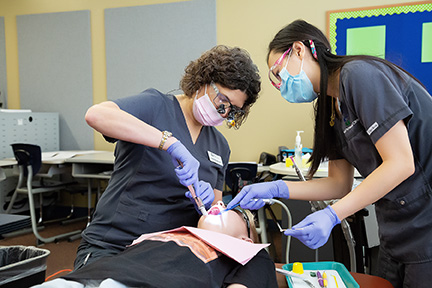 Myth #3: “My kids don’t eat candy, so they won’t get cavities.”
Myth #3: “My kids don’t eat candy, so they won’t get cavities.”
This myth is busted by the digestive system.
Our saliva begins the digestion process with the breakdown of carbohydrates into simple sugars.
Bacteria feeds on sugar and produces acid that causes tooth decay.
Therefore, frequent snacking becomes a risk factor for dental disease whether sweet or salty.
This myth is double busted by sugary drinks. Not only do foods we eat affect our teeth, drinks affect our teeth too.
The acidic nature of soda pop alone can cause tooth damage. There is a surprisingly large amount of sugar in soda pop, juice, and Gatorade.
Next time you reach for a thirst quencher, read the label to see what is in your drink. Reducing sugar intake along with less frequent sugar exposure is the key to prevent cavities.
Health Partnership Clinic offers onsite pediatric dental services at many schools in Johnson County. The service is geared toward those who do not have a dentist, or it’s difficult for parents to keep appointments due to transportation, work schedules, or a lack of funds.
Onsite Services include:
Dental Exam
X-Rays
Cleaning
Fluoride Treatments
Sealants
Oral Health Education
Nutritional Counseling
Fillings
Baby Tooth Root Canals
Stainless Steel Crowns on Baby Teeth
Removal of Infected Baby Teeth
Space Maintainers
To see if we come to your child’s school, call our School-Based Portable Dental Team at 913-276-7004, email hpcdentaloutreach@hpcks.com, or visit our website at https://hpcks.org/school-based-dental-services/.
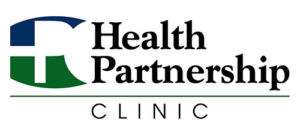
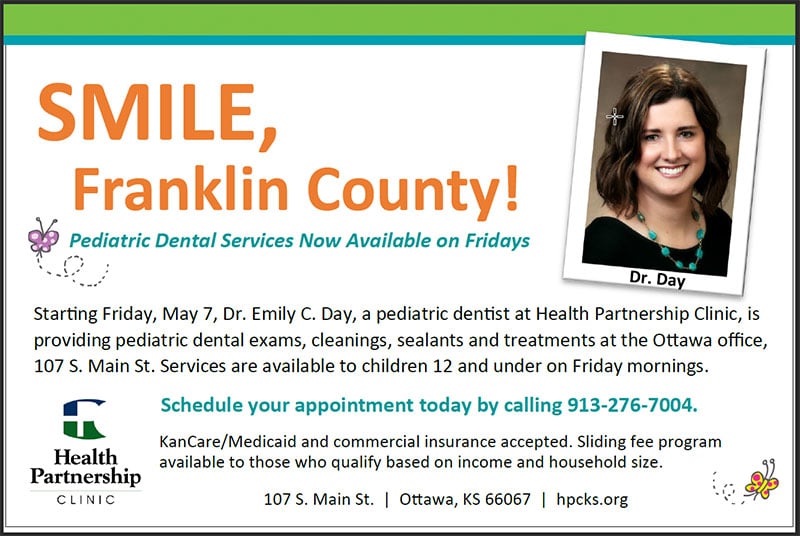
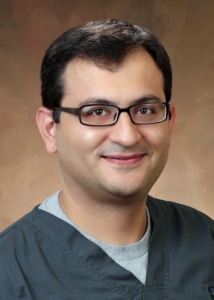
 By Emily C. Day, DDS, Dental Director and Pediatric Dentist, Health Partnership Clinic
By Emily C. Day, DDS, Dental Director and Pediatric Dentist, Health Partnership Clinic A bigger danger to children’s teeth is if sweetened beverages are consumed instead of water on a regular basis. Juices, flavored milks, sports drinks and soda all contain large amounts of sugar, which when sipped on throughout the day can cause tooth decay. Bacteria in the mouth that cause cavities use the sugar from these drinks and convert it to acid that breaks down the tooth enamel, causing cavities that may be painful and that will require dental treatment to repair.
A bigger danger to children’s teeth is if sweetened beverages are consumed instead of water on a regular basis. Juices, flavored milks, sports drinks and soda all contain large amounts of sugar, which when sipped on throughout the day can cause tooth decay. Bacteria in the mouth that cause cavities use the sugar from these drinks and convert it to acid that breaks down the tooth enamel, causing cavities that may be painful and that will require dental treatment to repair. Tooth brushing with adult supervision. Young children lack the manual dexterity to position the toothbrush correctly on each of the tooth surfaces. By the third grade, most children can begin to brush their teeth independently, but still need an adult to monitor that all teeth were brushed.
Tooth brushing with adult supervision. Young children lack the manual dexterity to position the toothbrush correctly on each of the tooth surfaces. By the third grade, most children can begin to brush their teeth independently, but still need an adult to monitor that all teeth were brushed.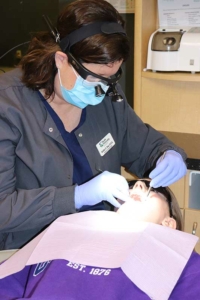
 While thumb sucking is undeniably adorable the first couple of years, as kindergarten approaches and those front teeth start bucking out, parents can easily start to panic!
While thumb sucking is undeniably adorable the first couple of years, as kindergarten approaches and those front teeth start bucking out, parents can easily start to panic!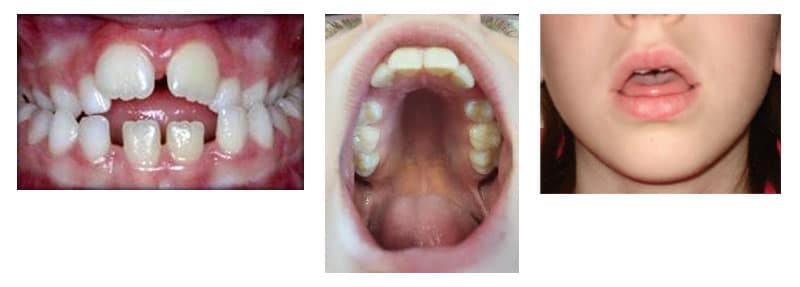





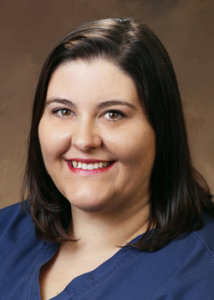
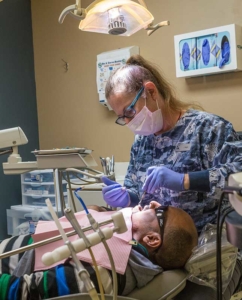


 Myth #3: “My kids don’t eat candy, so they won’t get cavities.”
Myth #3: “My kids don’t eat candy, so they won’t get cavities.”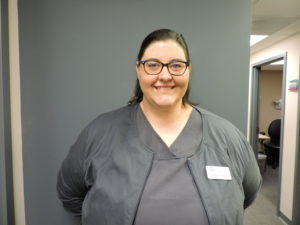

 Is this most common chronic childhood disease preventable?
Is this most common chronic childhood disease preventable?